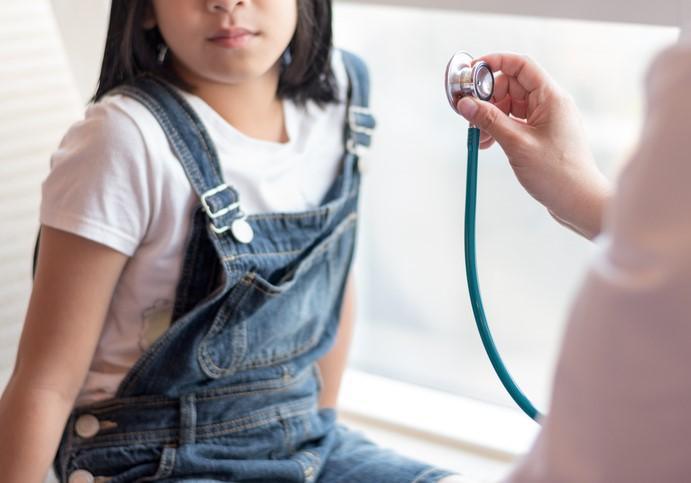
Cases of influenza-like illness (ILI) among students in a Wisconsin school district dropped by nearly half after winter and spring breaks, with the largest dips occurring when the breaks coincided with spikes in local flu activity, University of Wisconsin researchers report.
Published yesterday in Influenza and Other Respiratory Viruses, the observational study compared school absenteeism for ILI (a-ILI) among about 4,100 K-12 students in the 2 weeks before and after winter and spring breaks from September 2014 to June 2019. The investigators inserted a 9-day "pseudobreak" 5 weeks before spring break when school was in session as the control.
"School-aged children and school reopening dates have important roles in community influenza transmission," the authors wrote. "Children frequently have larger social networks, experience prolonged viral shedding, have lower coverage rates for influenza vaccine, and may lack sufficient preexisting immunity for herd effects."
More flu among younger students
The average numbers of flu cases during the 2 weeks before winter and spring breaks were 130.4 (range, 51 to 262) and 151.4 (range, 69 to 275), respectively. The average case counts for the periods after winter and spring breaks were 82 (range, 33 to 152) and 49.6 (range, 33 to 74), respectively. Greater flu activity was reported among younger students than among those in middle and high schools.
The 2 weeks after breaks were tied to a statistically significant decline in the likelihood of flu, as well as after winter (estimated odds ratio [OR], 0.68) and spring (OR, 0.33) breaks.
These findings suggest that brief breaks of in-person schooling, such as planned breaks lasting 9–16 calendar days, can effectively reduce influenza in schools and community spread.
The 2 weeks before and after pseudobreaks saw average flu tallies of 106 (range, 43 to 200) and 100.8 (range, 71 to 131), respectively. No significant differences were seen in the 2 weeks before and after pseudobreaks.
"These findings suggest that brief breaks of in-person schooling, such as planned breaks lasting 9–16 calendar days, can effectively reduce influenza in schools and community spread," the researchers wrote. "Additional analyses investigating the impact of well-timed shorter breaks on a-ILI may determine an optimal duration for brief school closures to effectively suppress community transmission of influenza."

.jpg)








